Students4Change was an extraordinary project that combined the knowledge and experience of different people and backgrounds in one specific goal: to promote competencies in social innovation and social entrepreneurship among the Latin American students of higher education institutions. In this project, 5 European universities, 10 Latin American universities, and 1 NGO were working together with the objective of giving the students the opportunity to think, talk and envision alternative forms to challenge the social issues of their communities. Besides, Students4Change endorsed the creation of a network between students, teachers, and universities related to the topic of social innovation and social entrepreneurship. One of the advantages of the project is that there was an exchange of knowledge between the European and the Latin American partners. This approach nurtures the project with a transversal and transdisciplinary perspective focused on developing a culture of social innovation among students, as well as it connected people from Brazil, Colombia, Costa Rica, Chile, France, Germany, Spain, Portugal, and Mexico.
What is the (Students4Change] about?
Students4Change was a project developed between 2016 and 2019 as part of the Erasmus+ program: Capacity Building the Field of Higher Education. It was a project that combined the knowledge and efforts of 15 different universities and one international NGO as Ashoka, Chile. This project aimed to include and promote the development of competencies in social innovation and social entrepreneurship in the curricula of the higher institutions in Latin American. The goal was to give the students the knowledge and tools required to face and tackle the social issues that arise within their communities in the Latin American context. As it was a huge project, it combined the knowledge and expertise from different countries as Brazil, Colombia, Costa Rica, Chile, France, Germany, Spain, Portugal, and Mexico. The universities that participated in the program were: PUC Rio de Janeiro, PUC Rio Grande do Sul, Universidad de Caldas, UNIMINUTO, Universidad de Costa Rica, Instituto Tecnologico de Costa Rica, Universidad de Talca, PUC Valparaiso, Université Grenoble Alpes, Technische Universitat Dormund, Universidad del Pais Vasco, Universidad Politecnica de Valencia, Universidade de Aveiro, Universidad de Colima, and Tecnologico de Monterrey.
Why did you (or your partners) start this social innovation?
We were looking at combining the knowledge and experience of the different universities with the aim of putting this knowledge into practice. Due to this, we wanted to firstly raise awareness of thinking firstly from a perspective of social innovation and social entrepreneurship, and then to develop a culture of social innovation and social entrepreneurship inside the Academia. This implied a change of perspective on how to address social problems inside the communities because the cycle of social innovation requires putting t together all the actors involved in the social issue. In addition, it demands that the Academia takes an active role in promoting and endorsing this kind of initiative. These require that the students have different skills and tools to perceive, analyze, and tackle these problems. In the case of the Tecnologico de Monterrey, the endorsement of a culture and an ecosystem of social innovation and social entrepreneurship is one of the main goals.
How did you come up with the idea? Was the creative or collaborative process involved?
In the beginning, we were looking to develop a model of skills and tools in social innovation and social entrepreneurship that could be used within different Latin American universities. But, now that we start working together, we found out that one of the main advantages of the project was the combination of knowledge and experience that all the partners could give to the project. Then, in a very collaborative way, we put all this expertise together to develop a particular set of skills and tools that can be used by students and teachers inside their courses and projects. Besides this, creativity was a very important element inside the project, firstly as a motor to think about different approaches to the problem and to develop a sense of empathy with all the actors involved. And secondly, because every Latin American university was embedded in a different context that required a creative way of applying the knowledge and the skills developed inside the project. In this sense, Students4Change gave us the opportunity to learn from each other and to strengthen the links between students and teachers from different backgrounds, countries, and contexts.
What were you afraid of at the beginning and how (if at all) did you overcome your fear?
In the beginning, there was a risk in finding a way to settle down the experience of all the partners involved in the project and to find out how to put all this knowledge together focusing on a specific goal. This required us to be open to other alternatives and perspectives of social innovation but this also gave us the opportunity to value the experience of every partner and to take advantage of developing a network of social innovation.
What were the beginnings of social innovation? (i.e. how did you build your initiative, business, NGO from zero?).
Every partner had a skill or experience focused on a specific topic or form to tackle problems. Then, the first internal challenge to Students4Change was to be aware of the capabilities that every university and every partner could offer to the project. Then, with some relevant exercises, meetings, and discussions, we started to recover the experience of the partners and then put it together in one place, which was the first book project. In this book, you can find the reflection about social innovation and social entrepreneurship of all the partners participating in the project, the model of competencies in social innovation and social entrepreneurship, and a suggestion on how to include them in the courses in universities. This book is along with a toolkit to help develop these skills in students, teachers, and everyone who wants to work from a perspective of social innovation and social entrepreneurship. Then, we were not starting from zero but, we developed a particular way of conceiving and working on social innovation and social entrepreneurship.
How did you attract public attention to the issue you wanted to tackle and make others believe in your purpose and potential?
Every partner had the commitment to share the progress and achievements of Students4Change within and outside their community. Therefore, we have different examples of articles inside the universities’ media, electronic books, summits with students and teachers, videos on local Tv channels. PUC Río even participated in a call made by the United Nations in Brazil presenting some of the results from Students4Change. Besides this, we have our own webpage where we conjoined all the information, news, achievements, and pictures from the project. However, we know that public attention requires a constant exercise of promotion of news and achievements, and, in this sense, it demands a work of networking.
How did you make sure that your idea actually fits the needs of the users?
A key element for Students4Change was the role of the students and the teachers in the project. One of the main achievements of the project was to involve them at different stages of the project and to give the students a voice in an academic international summit in Bogotá, in April 2019. This was an opportunity for everybody to realize what the experience was from their perspective. And if we want to develop a culture and an ecosystem of social innovation and social entrepreneurship, we have to encourage the participation of the students in projects and alternatives as the one developed by Students4Change.
How did you raise the money for your idea and what is your advice for others considering DYI fundraising?
We participated in the 2015 Erasmus+ program: Capacity Building the Field of Higher Education. Nevertheless, this is a co-funding. And each university has to also give some funds to the project as part of the initiative.
How did you scale your social innovation and what tips for scaling could you share?
By now, we are looking to follow up on the project by developing different networks. We are participating in other calls of social innovation. Another form is sharing the results of the project through the webpage and with other members of the community of Erasmus+ initiatives. One achievement from the project is that some of the partners got involved in another project co-funded by Erasmus+ called Climate Labs, which endorses the link between social innovation and climate change.
How do you change the whole system?
This is a complex question because as long as the project involves different partners, the achievements depend on the particular context of each university. However, we could say that there is a growing interest in initiatives and projects of social innovation and social entrepreneurship. One example is the constant look for getting involved in other projects and networks.
On the other hand, each university is developing, at its pace, a culture of social innovation. In the case of Tecnologico de Monterrey, we have founded an International Center of Social Innovation, and we have included the awareness of social innovation as part of the objectives in the School of Humanities and Education.
What is the one advice you can give to an aspiring social innovator, a member of the Social Innovation Academy, with only two things at the moment: a big heart and a willingness to do something?
To work together with other partners and universities. It is important to realize the relevance of academia in terms of bringing alive the space for discussion and dialogue between different actors involved in projects and strategies embedded in a social innovation perspective. This means working together with NGOs, governmental authorities, students, teachers, and the community. This is not an easy role and implies a constant commitment with a social change that commonly goes beyond lectures and classes inside the university. However, I think that this social change could be achieved if we look to work together and to endorse the networks and links with other partners and universities. Collaborative and creative forms of work are essential here.
Source: http://www.socialinnovationacademy.eu/how-to-boost-social-innovation-in-academy-an-insight-based-on-the-students4change-project/
This publication has been prepared within INDIGISE project. The content of this publication is the sole responsibility of the project coordinator and may not always reflect the views of the European Commission or the National Agency.
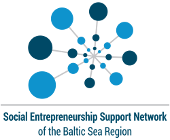
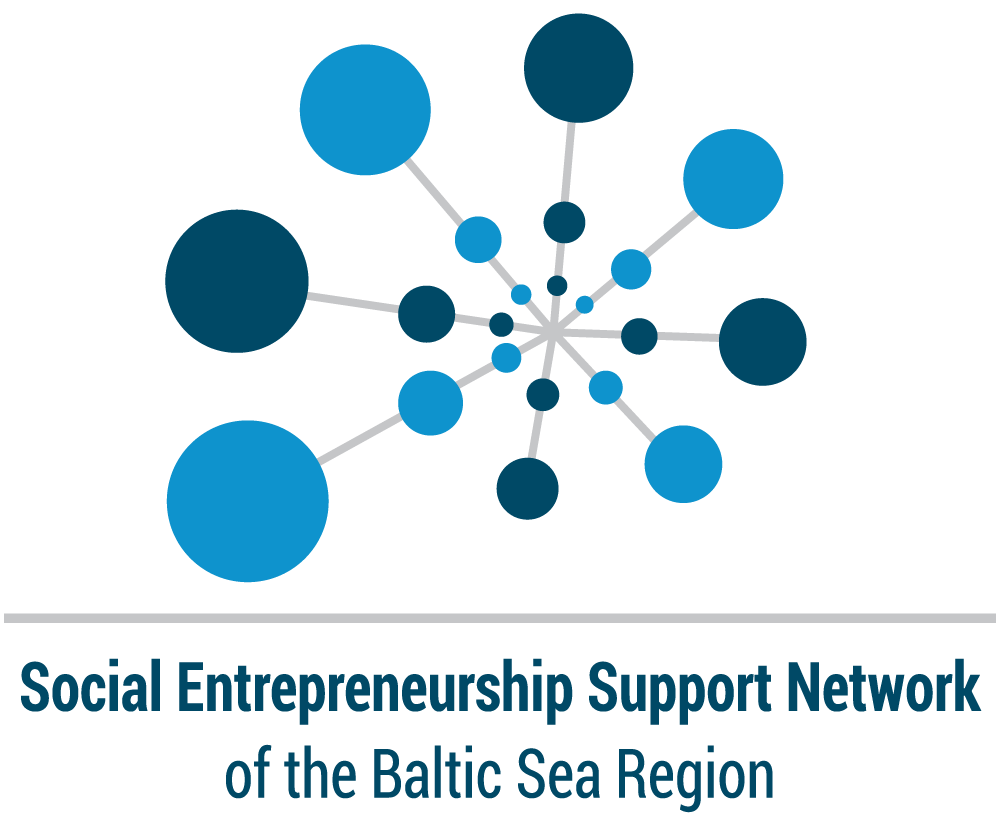

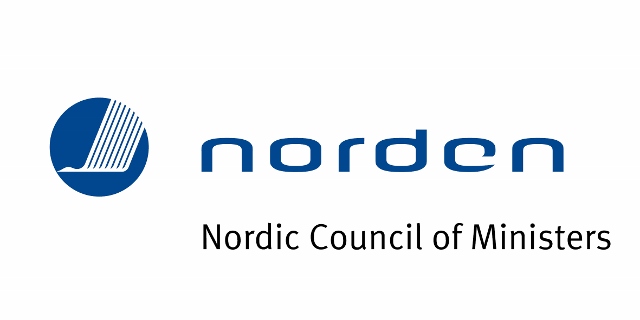


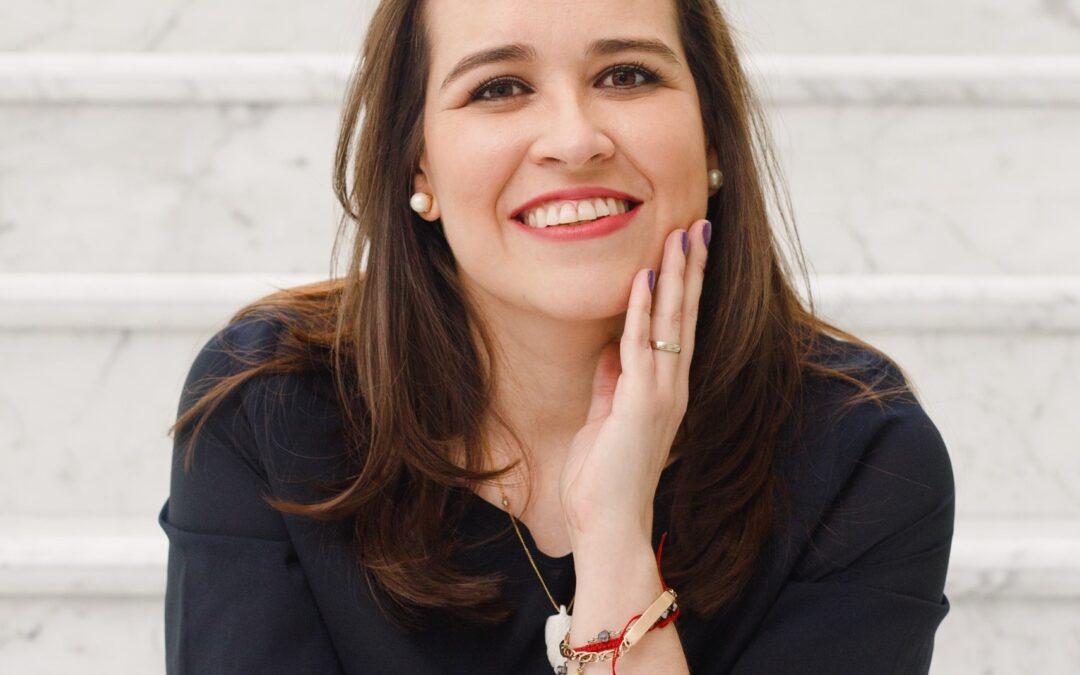
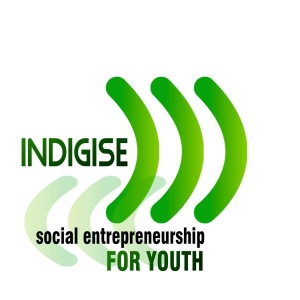


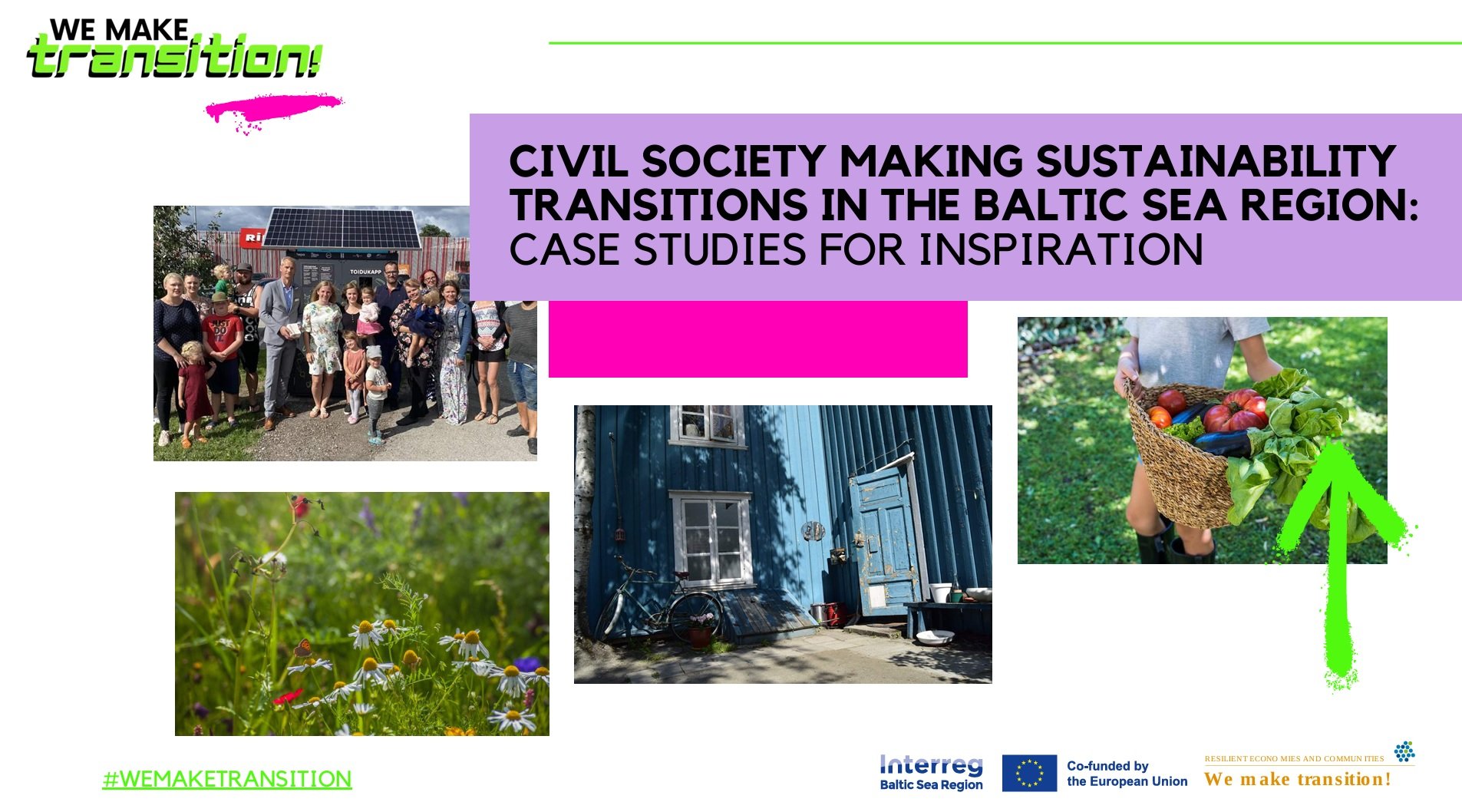
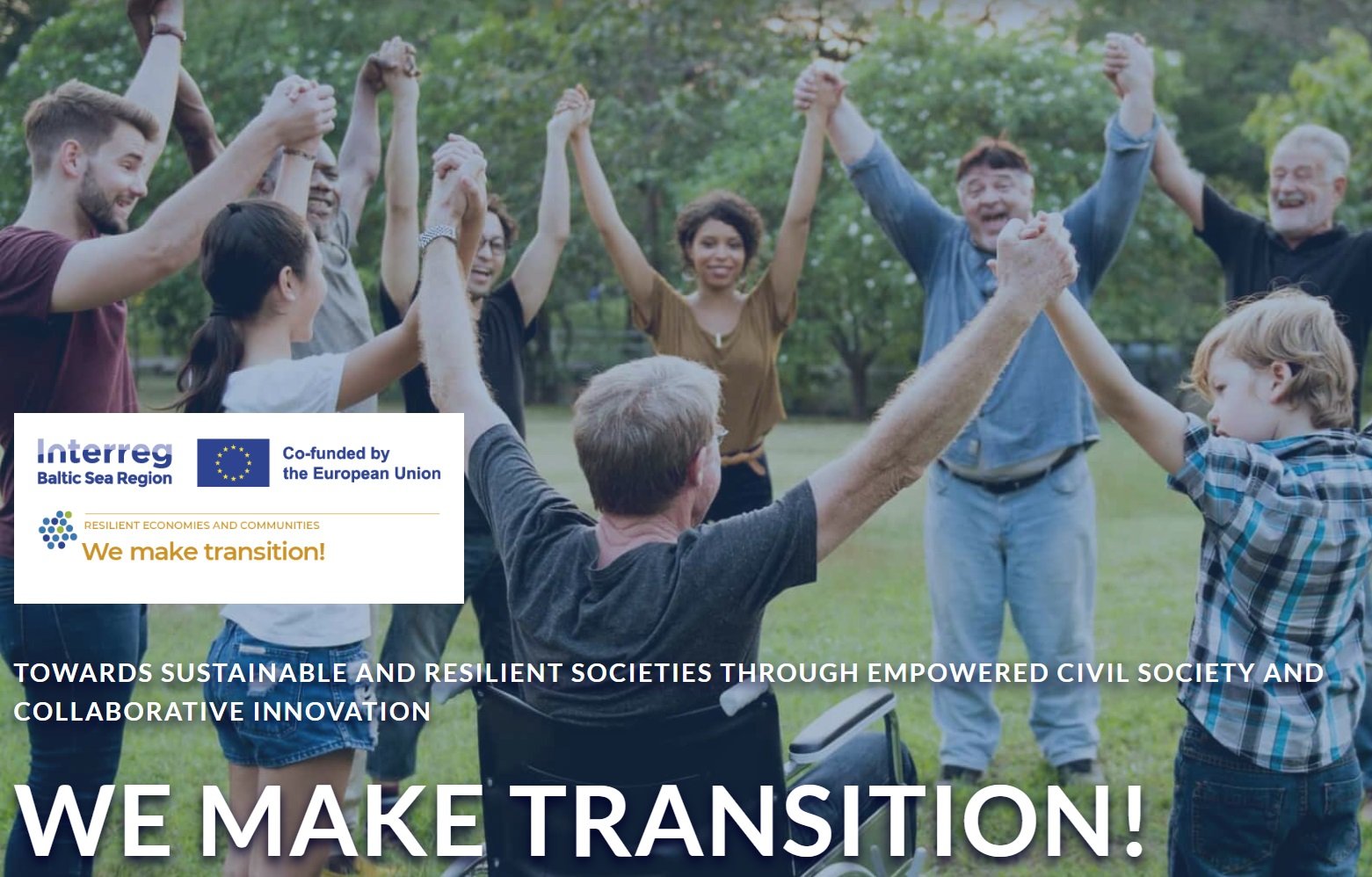
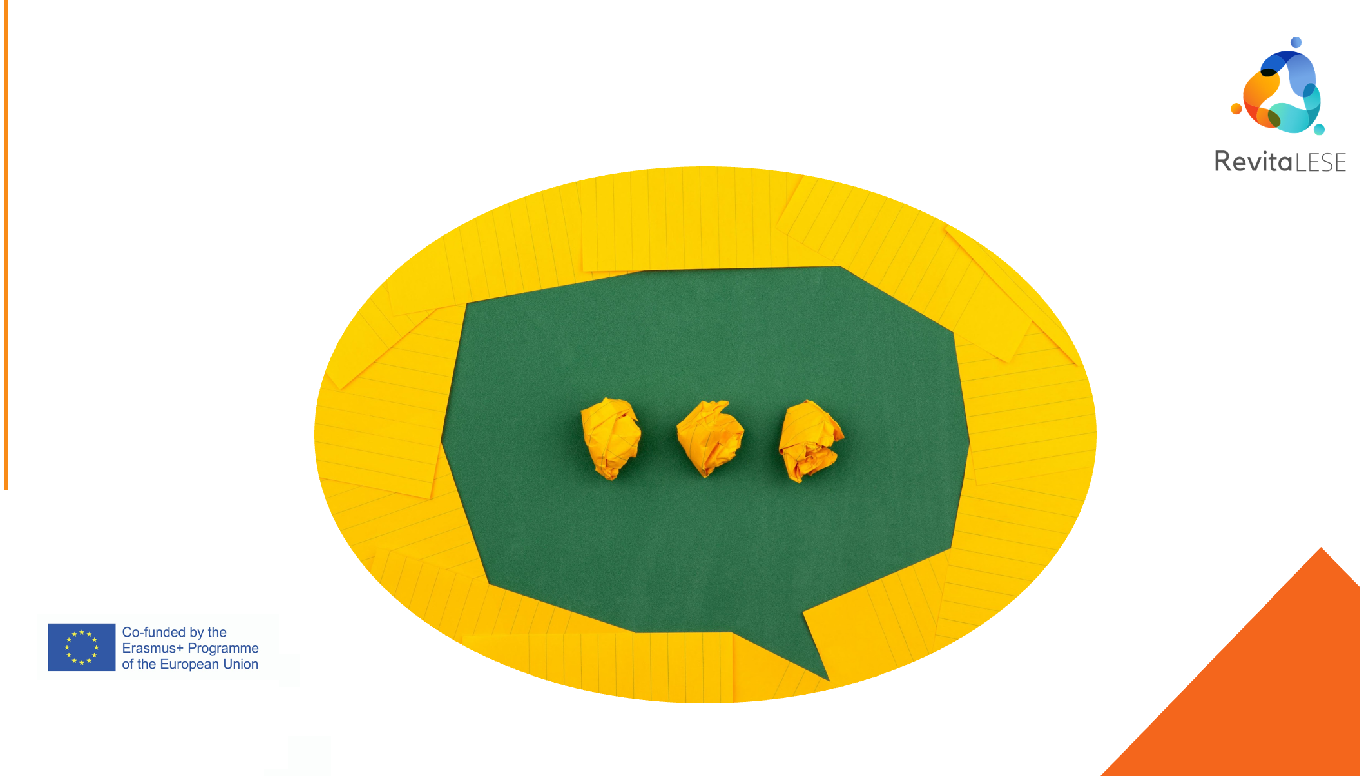

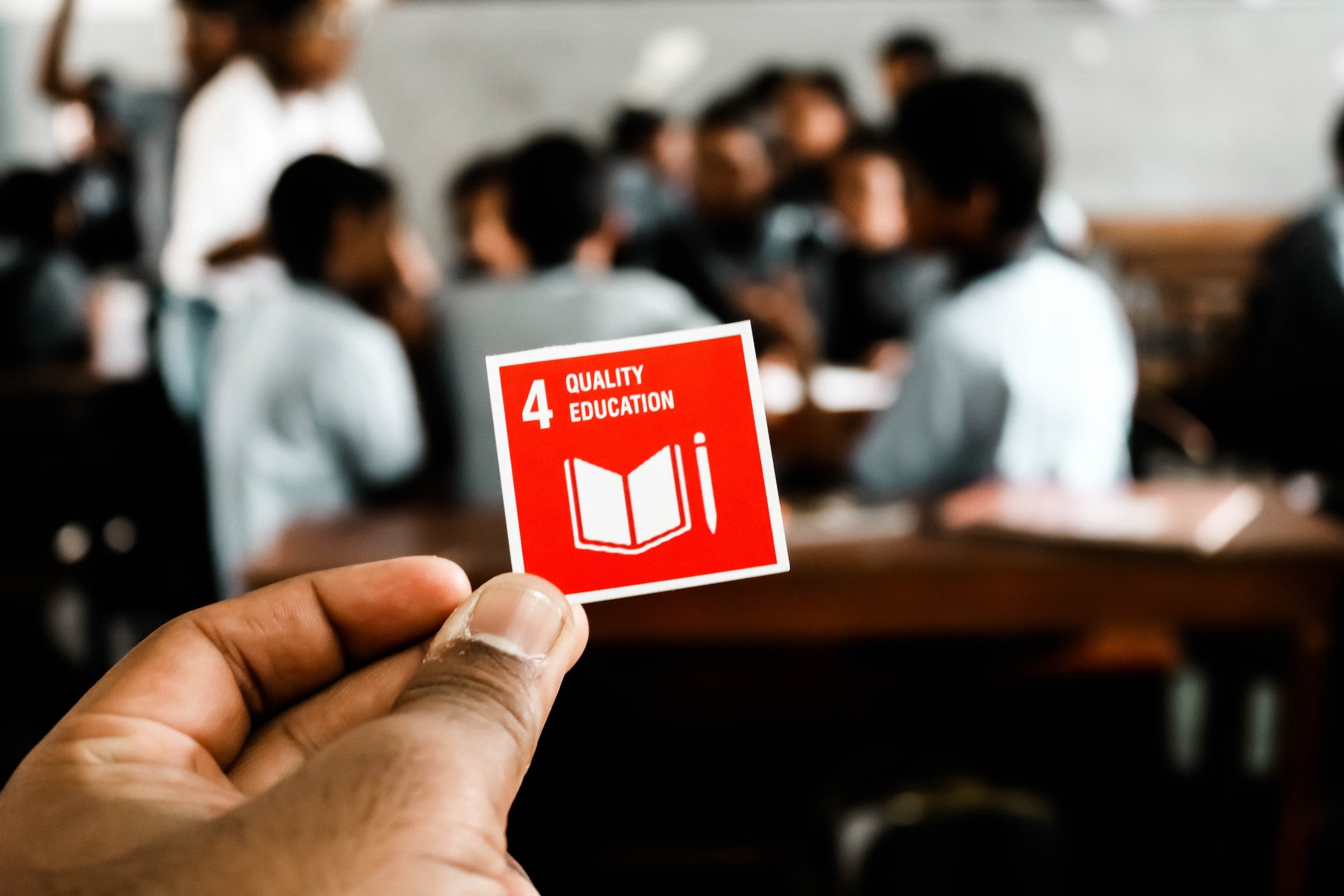
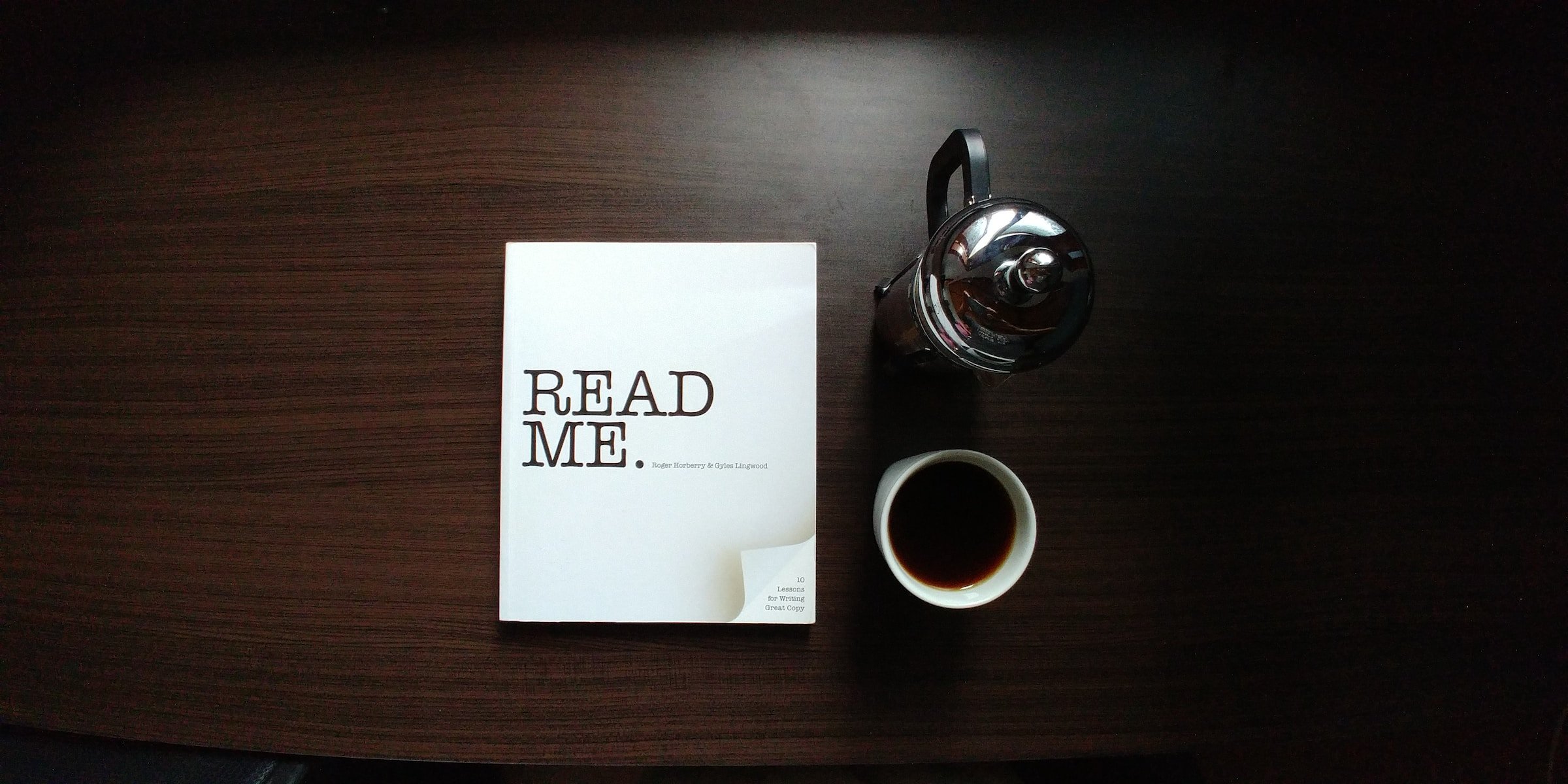

Leave A Comment